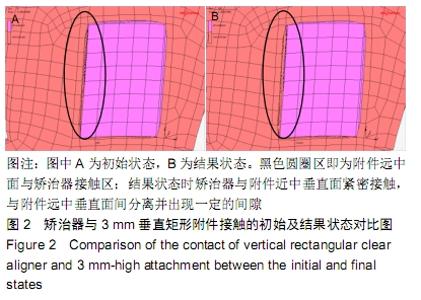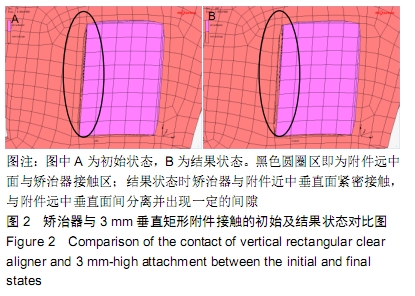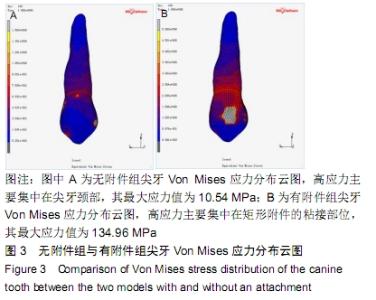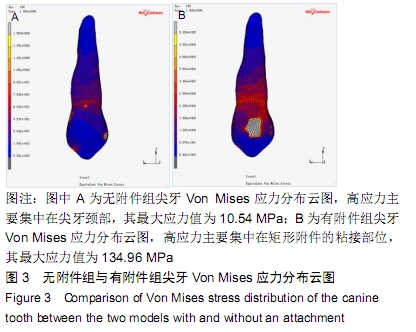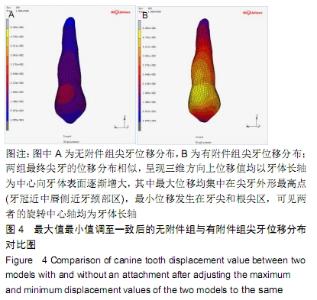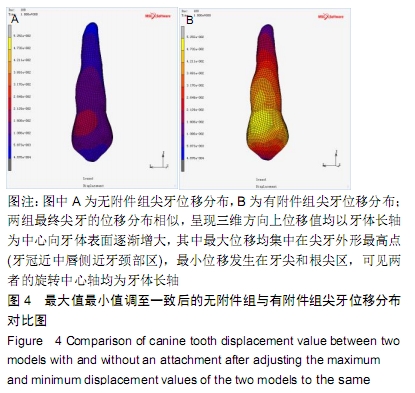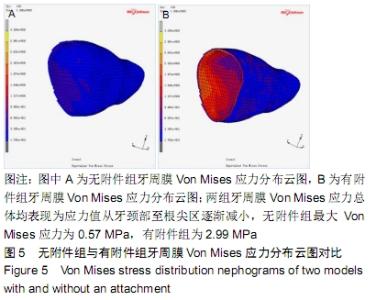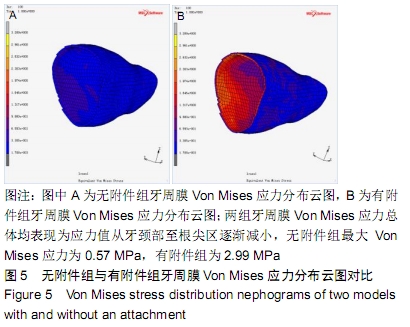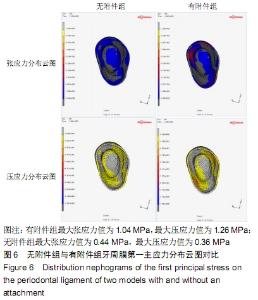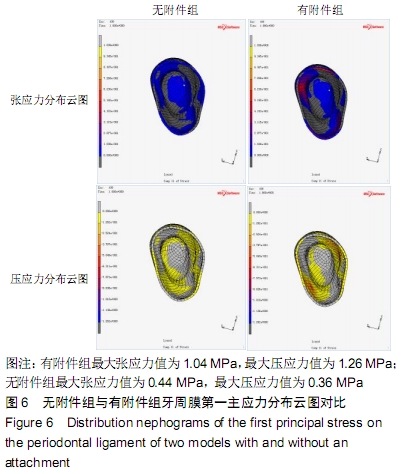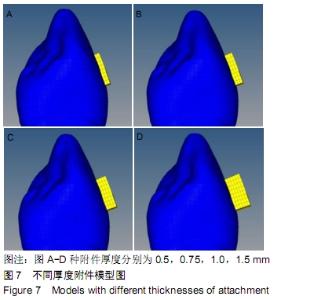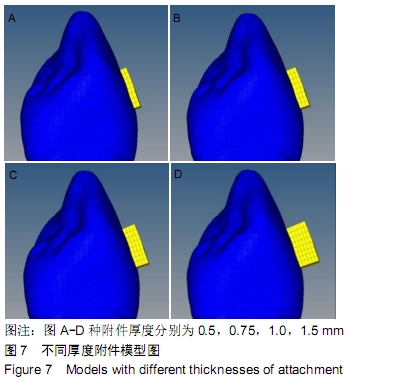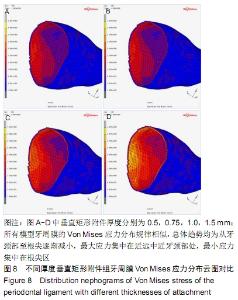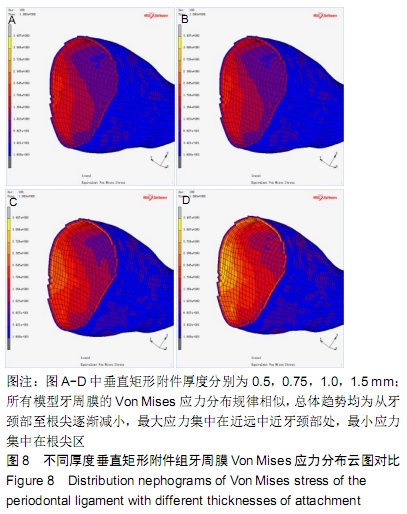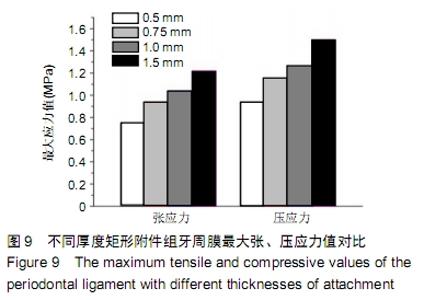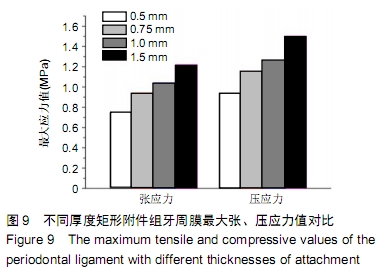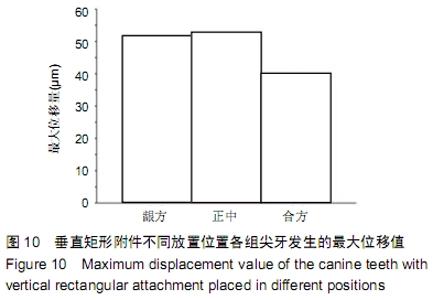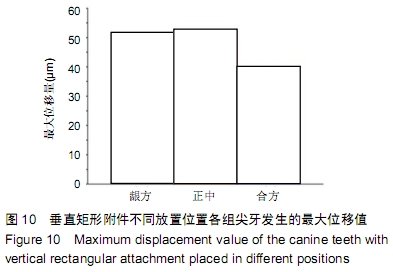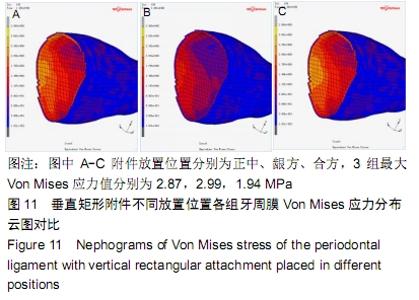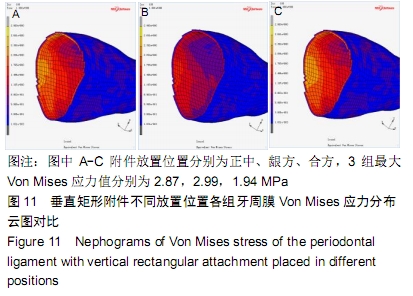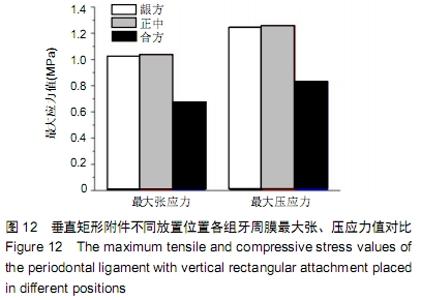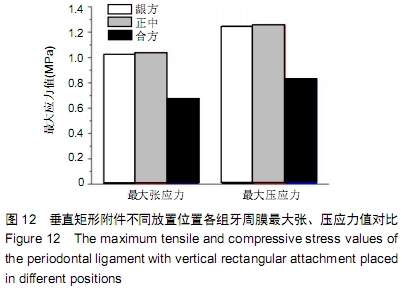[1] MELKOS AB. Advances in digital technology and orthodontics: a reference to the Invisalign method.Med Sci Monit. 2005; 11(5):PI39-42.
[2] HENNESSY J, AL-AWADHI EA. Clear aligners generations and orthodontic tooth movement.J Orthod.2016;43(1):68-76.
[3] 艾冬青.隐形矫治粘接附件脱落率研究及原因分析[C].2017年国际正畸大会暨第十六次全国口腔正畸学术会议,中国上海,2017.
[4] CHENIN DA, TROSIEN AH, FONG PF, et al. Orthodontic treatment with a series of removable appliances.J Am Dent Assoc.2003;134(9):1232-1239.
[5] KRAVITZ ND, KUSNOTO B, AGRAN B, et al. Influence of attachments and interproximal reduction on the accuracy of canine rotation with Invisalign. A prospective clinical study. Angle Orthod.2008;78(4):682-687.
[6] 郝玮,周洁珉,白玉兴,等.数字化三维上颌模型重叠分析系统的研究[J].现代口腔医学杂志,2010,24(4):244-247.
[7] BARREDA GJ, DZIEREWIANKO EA, MUNOZ KA, et al. Surface wear of resin composites used for Invisalign(R) attachments.Acta Odontol Latinoam.2017;30(2):90-95.
[8] 田姗璨,白蕊,徐晓梅,等.上颌尖牙在无托槽隐形矫治中伸长运动的三维有限元分析[J].中国组织工程研究,2019,23(10):19-25.
[9] CAI YQ, YANG XX, HE BW, et al. Numerical analysis of tooth movement in different plans of transparent tooth correction therapies.Technol Health Care.2015;23(3):299-305.
[10] HEMANTH M, DEOLI S, RAGHUVEER HP, et al. Stress Induced in the Periodontal Ligament under Orthodontic Loading (Part I): A Finite Element Method Study Using Linear Analysis.J Int Oral Health.2015;7(8):129-133.
[11] 吴稀,韦代伦,周容,等.两种舌侧托槽垂直向控制性能三维有限元分析[J].安徽医科大学学报,2018,53(2):312-315.
[12] SIMON M, KEILIG L, SCHWARZE J, et al. Treatment outcome and efficacy of an aligner technique-regarding incisor torque, premolar derotation and molar distalization. Bmc Oral Health. 2014;14(1):68.
[13] DURRETT SJ. Efficacy of composite tooth attachments in conjunction with the invisalign system using three-dimensional digital technology. 2008. http://etd.fcla.edu/UF/UFE0004566/durrett_s.pdf
[14] GOMEZ JP, PEÑA FM, MARTÍNEZ V, et al. Initial force systems during bodily tooth movement with plastic aligners and composite attachments:\r, A three-dimensional finite element analysis. Angle Orthod.2015;85(3):454-460.
[15] TUNCAY O.The Invisalign System.Quintessence,2006.
[16] RUDOLPH DJ, PMG W, SAMESHIMA GT. A finite element model of apical force distribution from orthodontic tooth movement.Angle Orthod.2001;71(2):127.
[17] CAI Y, YANG X, HE B, et al. Finite element method analysis of the periodontal ligament in mandibular canine movement with transparent tooth correction treatment.Bmc Oral Health. 2015; 15(1):106.
[18] 唐娜,赵志河,王军,等.无托槽隐形矫治技术生物力学效应的有限元法研究[J].医用生物力学, 2010,25(6):399-405.
[19] 白玉兴,周洁珉,王邦康,等.国产无托槽隐形正畸矫治系统的开发与研制[J].北京口腔医学, 2004,12(2):89-92.
[20] 吴雪,何淞,杨钦佩,等.双槽沟被动自锁系统扭转性能的三维有限元分析[J].口腔医学研究, 2017,33(1):42-46
|
